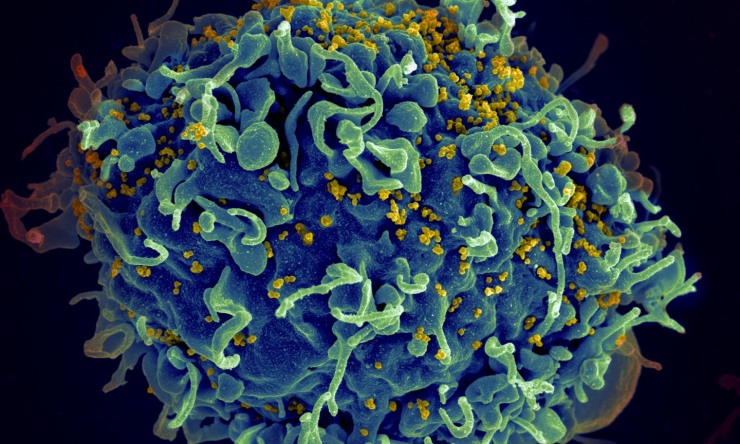Anal cancer precursors for women with HIV greater than previously reported

The prevalence of anal high-grade squamous intraepithelial lesions (HSIL), which precede anal cancer, is much higher in women living with HIV than previously reported, a multi-site, national study involving hundreds of patients has found. Conducted by researchers from the AIDS Malignancy Consortium, a National Cancer Institute-supported clinical trials group, the results call for new strategies to be developed for wider screening of women living with HIV, who have disproportionally higher rates of anal cancer compared to the general population of women. The study appears in Clinical Infectious Diseases.
To determine the true prevalence of anal HSIL in women living with HIV in the United States, the researchers, for the first time, conducted a full anal evaluation including a high-resolution anoscopy (an examination of the anus under magnification) with directed biopsy on all 256 female study participants, not just on those who had an abnormal screening test or triage. The prevalence of anal HSIL was 27 percent, substantially higher than previous study estimates, which ranged between 4 to 9 percent.
“We believe most prior studies of anal HSIL prevalence in women living with HIV underrepresented the true percentage because only individuals with abnormal anal cytology underwent high-resolution anoscopy in past studies, compared to all the participants in this new study,” said Dr. Elizabeth Chiao, the co-author and principal investigator of the study. Chiao is a professor of medicine in the section of infectious diseases at Baylor College of Medicine and with the Houston VA Center for Innovations in Quality, Effectiveness and Safety.
The study was conducted at 12 academic medical centers across the United States, with the participants recruited between 2014 and 2016. The mean age of participants was 49.4 years, 64 percent were non-Hispanic black, and 67 percent were former or current smokers.
“The high prevalence of anal cancer precursors and invasive anal cancer among women living with HIV calls for greater screening in this population,” said lead author Dr. Elizabeth Stier of Boston Medical Center, who also is an associate professor of obstetrics and gynecology at Boston University School of Medicine. “Because optimal screening strategies are still not yet known, prevention of anal cancer among this population should focus on identifying cost-effective strategies for the detection and management of anal cancer precursors.”
Screening women living with HIV for anal cancer has been recommended by national organizations, including the American Cancer Society, the Infectious Diseases Society of America and the American Society of Colon and Rectal Surgeons.
The study was supported by the National Cancer Institute at the National Institutes of Health.







 Credit
Credit


